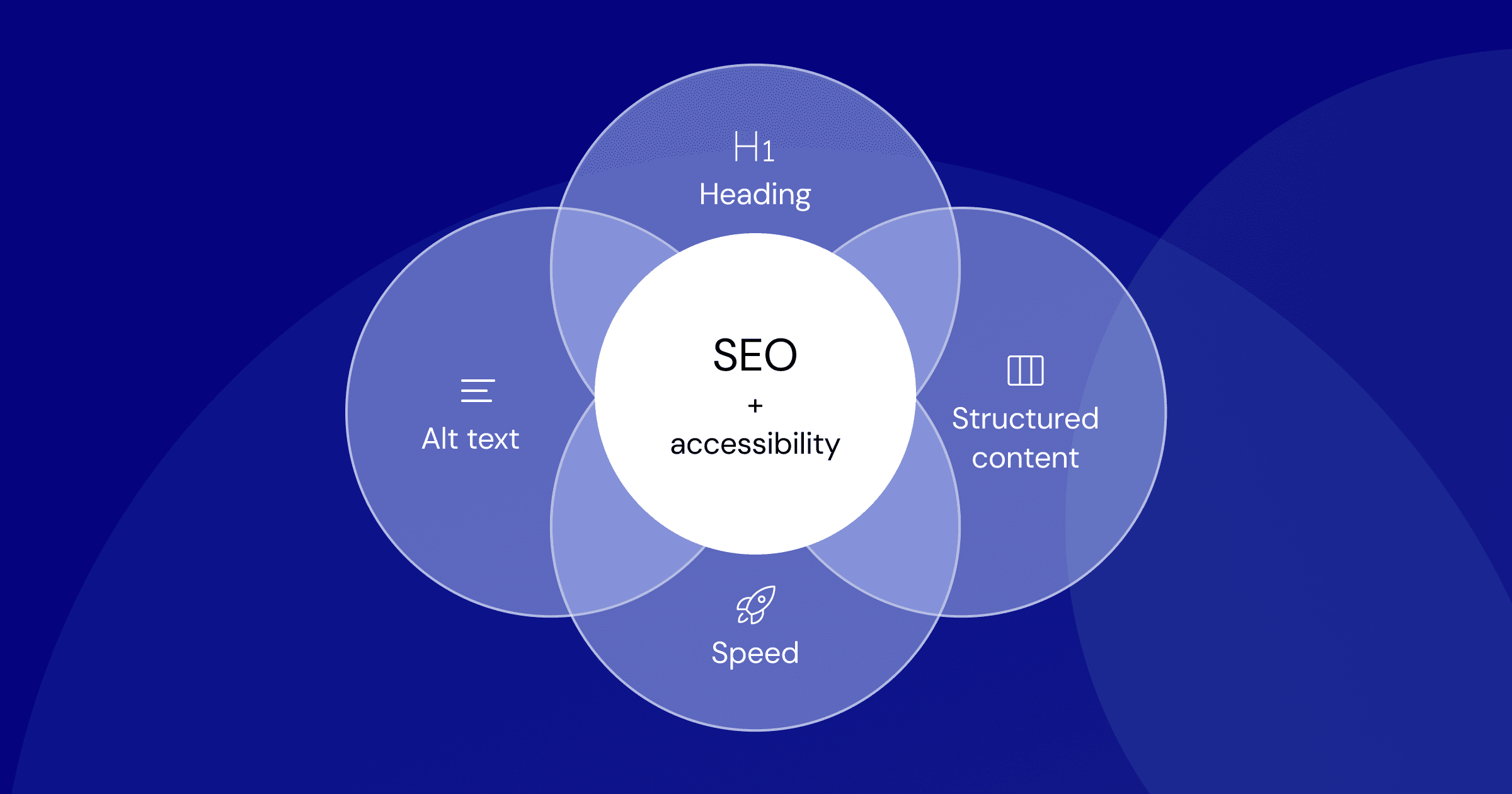CTV Breaks Social's Performance Ceiling as Marketers Chase Fresh Reach in 2026
By Gadjo Sevilla • November 21, 2025 • 8 min read • 34 views
Connected TV (CTV) is emerging as the performance engine marketers desperately need as they hit growth ceilings across Meta, TikTok, and Google. With rising CPMs, algorithmic volatility, and audience fatigue flattening social's growth curve, brands are seeking fresh reach—and CTV is delivering with premium screens, measurable outcomes, and significantly higher emotional lift.
The shift represents a fundamental recalibration in how marketers approach performance marketing. While social platforms have dominated digital advertising for the past decade, increasing competition and ad fatigue are forcing brands to look beyond traditional social channels for their growth needs.
The Social Media Performance Plateau
Marketers are running into a harsh reality: the social media well is running dry for performance-driven campaigns. Rising CPMs across major platforms are making it increasingly expensive to reach the same audiences, while algorithmic changes are creating unpredictable reach fluctuations.
According to recent industry analysis, Meta platforms are experiencing declining user growth in key markets, with Facebook facing user decline in mature markets. This contraction in available audiences, combined with increased advertiser competition, is driving up costs while reducing effectiveness.
TikTok, once considered the golden child of social advertising, is now showing signs of saturation. The platform's algorithm changes have made organic reach increasingly difficult to achieve, forcing brands to rely more heavily on paid promotion to maintain visibility.
Google's social features face similar challenges. While the search giant maintains its dominance in search, social media engagement metrics are showing concerning trends. The platform's attempt to integrate more social features hasn't translated to meaningful advertising performance improvements.
Why CTV is Stepping Into the Void
Connected TV offers several advantages that social platforms simply can't match in the current environment. First, CTV provides access to premium content environments that haven't been oversaturated with advertising. Unlike social feeds where users are bombarded with promotional content, CTV placements are integrated into high-quality programming.
The measurable outcomes aspect is particularly attractive to performance-minded marketers. CTV platforms offer sophisticated attribution tracking that allows brands to measure real business outcomes rather than just engagement metrics. This level of measurement precision has been notoriously difficult to achieve on social platforms.
Perhaps most significantly, CTV delivers higher emotional lift compared to social media advertising. Research indicates that viewers have stronger emotional responses to content consumed on larger screens in premium environments, leading to better brand recall and purchase intent.
The Performance Marketing Revolution
The transition to CTV represents more than just a channel shift—it's a fundamental change in how performance marketing operates. Traditional social media performance marketing has relied heavily on real-time optimization and rapid creative testing. CTV performance marketing requires a different approach, focusing on longer campaign durations and more sophisticated audience targeting.
Brands are discovering that CTV performance marketing works best when combined with social media retargeting strategies. Initial awareness and consideration building happens through CTV, while social platforms handle the conversion optimization. This multi-channel approach is proving more effective than social-only strategies.
The budget allocation is shifting accordingly. Industry reports suggest that performance marketers are reallocating 15-20% of their social advertising budgets toward CTV initiatives, with plans to increase this percentage throughout 2026.
Industry Response and Adaptation
Major advertising agencies are rapidly building CTV capabilities to meet client demand. This includes investing in CTV-specific planning tools, creative development for larger screens, and measurement frameworks that can track cross-platform performance.
Platform providers are responding with improved CTV advertising tools. This includes better targeting capabilities, more granular frequency controls, and enhanced measurement features that allow for real-time campaign optimization.
Creative agencies are adapting their approaches for CTV advertising. The larger screen format requires different creative considerations, with visual storytelling and brand building taking precedence over direct response messaging that performs well on social platforms.
What This Means for Marketers
The shift toward CTV performance marketing requires marketers to rethink their strategies. Traditional performance marketing metrics like click-through rates and immediate conversions don't always translate effectively to CTV. Instead, marketers need to focus on metrics that reflect the medium's strengths: brand lift, purchase consideration, and long-term customer value.
The audience targeting capabilities on CTV are different from social platforms. While social advertising allows for incredibly granular demographic and interest-based targeting, CTV targeting is based more on viewing behavior and content preferences. This requires marketers to develop new audience research and planning approaches.
Creative development for CTV requires different skills and processes. The larger screen format demands higher production values and more sophisticated storytelling approaches. Brands that excel at social media creative may need to significantly adapt their approaches for CTV success.
Looking Ahead: The Future of Performance Marketing
The growth of CTV performance marketing signals a broader evolution in digital advertising. As social platforms mature and become more crowded, performance marketers will increasingly turn to emerging channels that offer better targeting precision and measurement capabilities.
This shift doesn't mean the end of social media advertising—rather, it represents a diversification of the performance marketing toolkit. Successful performance marketers will be those who can effectively coordinate across multiple channels, understanding the unique strengths and limitations of each platform.
The CTV performance marketing trend is likely to accelerate throughout 2026 as more brands discover its effectiveness and more sophisticated tools become available. Marketers who start experimenting with CTV now will be better positioned to capitalize on its continued growth.
The question isn't whether CTV will become a major performance marketing channel—it's how quickly brands can adapt their strategies and capabilities to take advantage of this opportunity.
Tagged with:
About Gadjo Sevilla
Senior digital advertising analyst covering platform performance trends and emerging marketing channels for Social Media Marketing News. With 8 years tracking advertising effectiveness, he helps brands navigate the evolving digital landscape.

